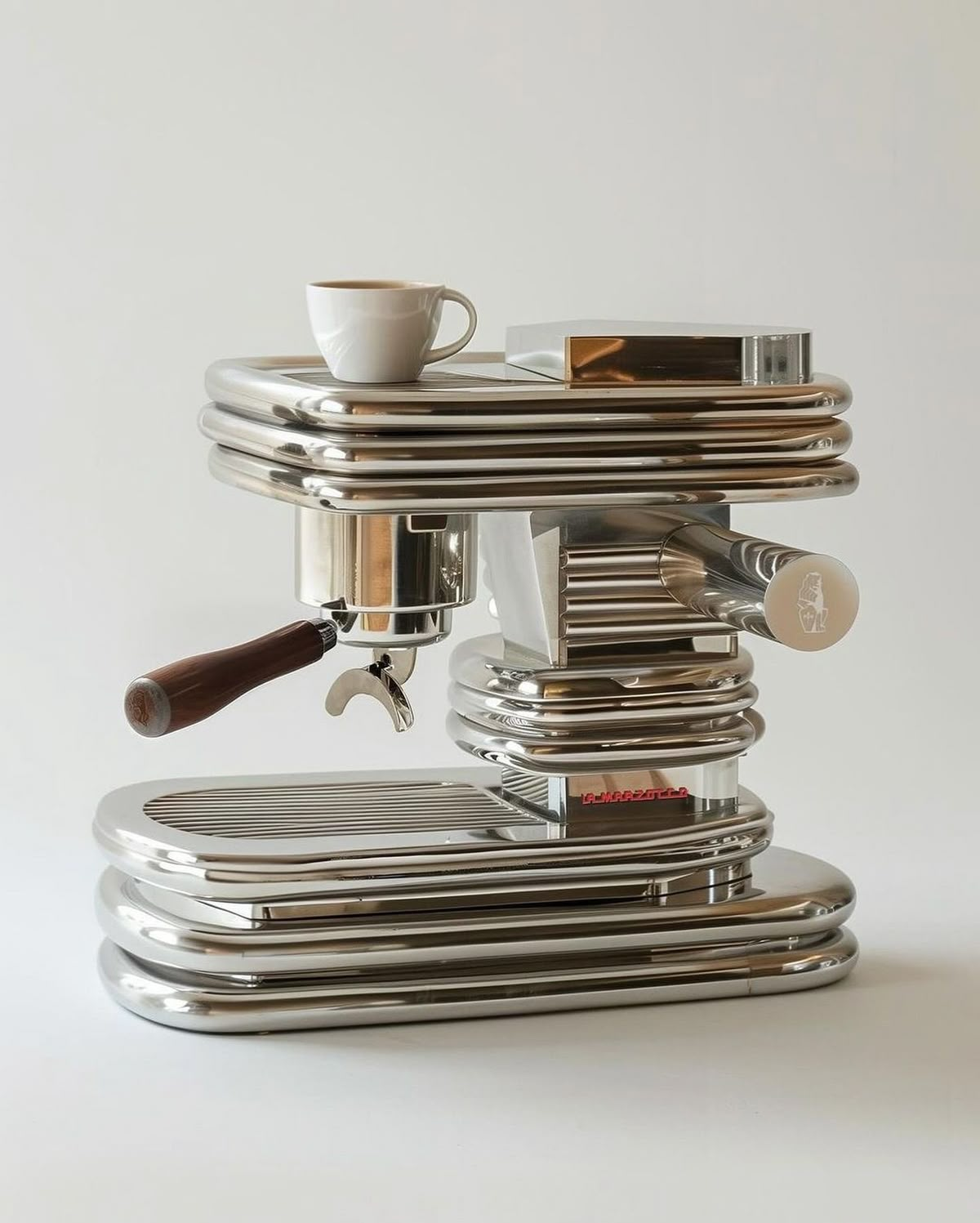How to Improve Email Deliverability and Avoid Spam Filter for Premium Brands
When you’ve invested time and budget into crafting the perfect email campaign- beautiful design, on-brand tone, and curated offers - it’s frustrating if those emails never land in your audience’s inbox.

For premium brands, email deliverability isn’t just a technical concern, it’s a reputational one.
Here’s our guide on how to safeguard your emails from ending up in spam folders and protect your brand’s reputation.
What is email deliverability?
Firstly, it’s important to understand what email deliverability is and why it’s important to your email marketing success. Good deliverability is ensuring that the email ends up in your recipient's main inbox, not their spam folder.
Deliverability is different to delivery, which is just the email landing in the recipient's email server. This is calculated from a number of metrics including open rate, click rate, unsubscribe rate and more. By understanding what’s involved in deliverability, it’s your best bet on improving it for your account.
TLDR:
For premium brands, email deliverability is as much about protecting reputation as driving results. To stay out of spam folders and maintain trust, brands must: warm up domains and IPs gradually, authenticate emails (SPF, DKIM, DMARC), keep lists clean and engaged, avoid spammy content and poor design, use recognisable sender details, send with consistent cadence, monitor key deliverability metrics, and always include clear unsubscribe options.
Done right, these practices ensure emails land in inboxes, strengthen brand perception, and maximise long-term performance.
Step 1: Warm Up Your Domain and IP
If you're launching a new email program or switching platforms, gradually ramp up your sending volume slowly. This helps inbox providers like Gmail and Outlook learn to trust your domain and keep you hitting inboxes, not spam folders. Start with your most engaged audience and slowly build up volume over several weeks.
By starting slow, you set the tone for a high-quality sender reputation which will pay off in the long term.
Step 2: Authenticate Your Emails Properly
SPF, DKIM, and DMARC aren’t just acronyms - they’re your first line of defense against spam filters. These protocols prove to inbox providers that you’re a legitimate sender and help protect your brand from spoofing.
Working with a developer, you’ll need access to your DNS to add in a TXT record for your domain. Klaviyo or other email providers have guides online on how to do this and make your site as trustworthy as possible to email providers.
Step 3: Maintain a Clean and Engaged List
Premium brands should treat their email list like a VIP guest list - no one gets in without interest and consent. Regularly remove inactive contacts and avoid purchasing or scraping lists (this can also impact deliverability).
Instead, creating engagement-based segments and excluding unengaged recipients from regular sends is best practice. Consider creating a re-engagement or winback flow before removing recipients entirely to ensure they aren’t interested.
Step 4: Pay Attention to Content and Design
Spam filters scan for more than just subject lines. They assess tone, formatting, and links. Avoid all caps, excessive exclamation points, and spammy phrases like “Buy now!” or “Risk-free.” Any words or phrases that convey a sense of urgency will often be detected by spam filters.
Also, ensure your email has a balanced text-to-image ratio and the images include alt-text where possible. For design, using web-safe fonts and compressing images will also help avoid ending up in a spam folder.
Step 5: Use a Recognisable ‘From’ Name and Reply Address
Subscribers should instantly recognise who the email is from in their inbox. Use your brand name or a trusted brand representative’s name, and make sure the reply-to address is monitored. Avoid using no-reply emails, as encouraging replies can help increase deliverability and build customer loyalty and trust.
Step 6: Send Consistently, Not Constantly
It’s better to send once a week to an engaged list than daily to everyone. Erratic or aggressive sending patterns often trigger spam filters and impact your deliverability score. Beyond that, they also just annoy your recipients who don’t feel they are receiving high quality content. This is especially important for luxury and premium where it is essential to maintain quality communications that align with the brand.
To ensure that your sends are performing as well as they can, it’s best to A/B test your email cadence with different audience segments to let performance guide your strategy. You can also monitor and trial different send times and frequencies to see what works best.
Step 7: Monitor Your Deliverability Metrics
In Klaviyo, you can check your deliverability score in the Analytics section of the platform. This score is based on a number of metrics, including open rate, click rate, bounce rate, unsubscribe rate, and spam complaint rate. It can give you an indication on how to improve your deliverability by improving the mentioned metrics.
Across all platforms, it’s important to monitor those metrics to ensure that deliverability is performing as well as it can. A sudden drop in open rates, a high bounce rate, or a spike in unsubscribes could mean it’s time to investigate.
Step 8: Include Clear Unsubscribe Options
Including a clear unsubscribe link is essential for every email. Not only is it legally required in most countries, it helps to reduce spam complaints for when people don’t want to receive your emails anymore.
You can add this link by navigating to personalisation when building an email, and then search for ‘Unsubscribe’. When you select this it will insert the correct link in your email. The best placement for this is in the footer.
FAQs on Email Deliverability for Premium Brands
Why is email deliverability especially important for premium brands?
Because inbox placement impacts both performance and reputation. If your emails land in spam, it not only reduces revenue but also risks damaging your brand’s credibility.
What’s the difference between delivery and deliverability?
Delivery means your email reached the recipient’s server. Deliverability means it reached their inbox (not spam). Only deliverability truly reflects email marketing success.
How long does warming up a domain take?
Typically 4–6 weeks, depending on your volume and engagement. Start with your most engaged segment and build gradually.
What are SPF, DKIM, and DMARC — and do I need them all?
Yes. They’re authentication protocols that prove your emails are legitimate. All three should be set up to protect your brand from spoofing and improve inbox placement.
Should I remove inactive subscribers?
Yes. A disengaged list lowers your deliverability score. Before removing, try a re-engagement flow to win them back. If they don’t respond, it’s better to clean them out.
Do design choices affect deliverability?
Absolutely. Spam filters flag emails with poor text-to-image balance, missing alt text, spammy language, or oversized files. Clean, accessible design improves inbox placement.
How often should I send emails?
Consistency is more important than frequency. Once or twice a week to engaged subscribers is better than daily sends to everyone. Test cadence to see what resonates with your audience.
How can I monitor deliverability?
Platforms like Klaviyo provide deliverability scores and key metrics (open rates, bounces, spam complaints). Sudden drops should be a red flag to investigate.
Is it okay to use a no-reply email address?
No. Always use a recognisable “From” name and monitored reply address. It builds trust and can even improve deliverability.
Do I really need an unsubscribe link?
Yes, legally and strategically. Making it easy to unsubscribe reduces spam complaints and helps maintain a healthy sender reputation.
Premium Brand Email Deliverability Checklist
1. Warm Up Your Domain
- Ramp up sending gradually over 4–6 weeks.
- Start with your most engaged subscribers.
2. Authenticate Your Emails
- Set up SPF, DKIM, and DMARC records.
- Work with your developer to update DNS settings.
3. Maintain a Clean List
- Regularly remove inactive subscribers.
- Run re-engagement/winback flows before removing.
- Never buy or scrape email lists.
4. Optimise Content & Design
- Avoid spammy words, excessive caps, and too many exclamation marks.
- Keep a healthy text-to-image ratio.
- Add alt text to all images.
- Use web-safe fonts and compress large files.
5. Use Trusted Sender Details
- Send from a recognisable brand or team name.
- Avoid “no-reply” addresses, use monitored inboxes.
6. Control Frequency
- Prioritise consistency over volume (e.g., weekly sends).
- Test cadence and send times to find your sweet spot.
7. Monitor Performance Metrics
- Track open rates, click rates, bounce rates, and spam complaints.
- Investigate sudden drops in engagement.
- Use Klaviyo or similar to check deliverability scores.
8. Include a Clear Unsubscribe Option
- Always include an unsubscribe link in the footer.
- Make it easy to find and use.
Conclusion
Deliverability is an ongoing practice, not a one-time fix. For premium brands, email is a powerful owned channel - but only if it reaches inboxes.
Treat your email program with the same care you give your in-store experience or packaging design. Because when your messages are consistently welcomed, your brand’s value and voice will shine.





